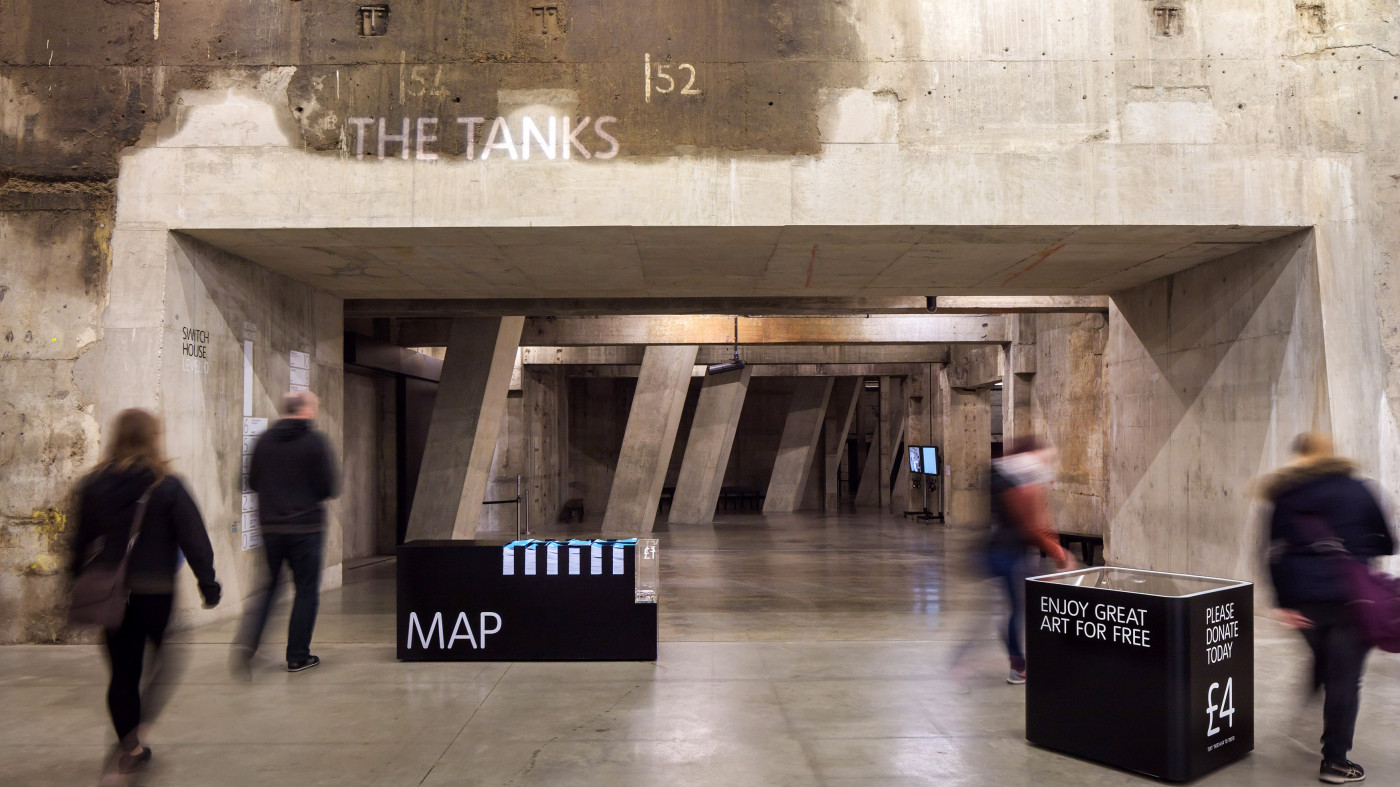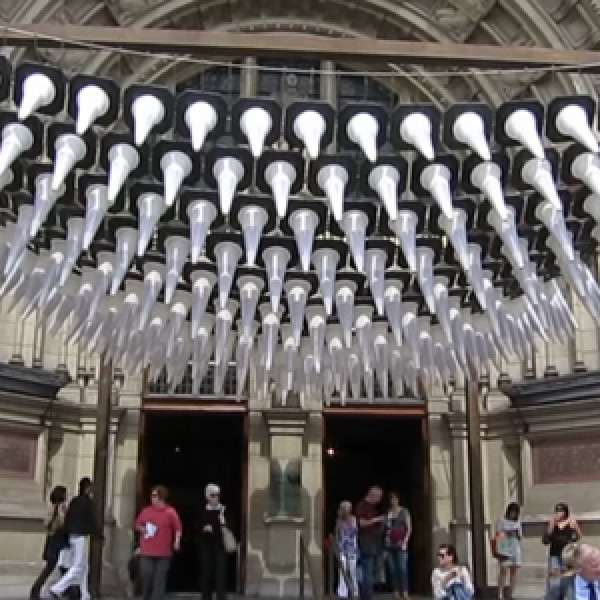Overcoming Cultural Barriers
Let me give a little context here. Back in November last year, I headed up to Manchester to attend the Museums Association Conference. I was drawn to the Museum Detox exhibition. It was a real eye-opening experience. Among the many diverse topics discussed was the concept of white privilege: the idea that there are inherent biases in society that manifest in all our institutions included cultural ones. For many underrepresented visitor groups, the idea that people who look, speak, or come from the same area as them aren’t part of the ‘establishment’ impacts perceptions.
However, the fact that cultural institutions are richly textured, multi-layered, and treasure-filled is another factor why some people avoid them — because they don’t know how to respond to them. Remember reading Shakespeare at school? Museums and galleries face a similar quandary. They require translation for the uninitiated.
An inability to understand something immediately; like a play, painting, or piece of modern art; is seen by many as a sign of ignorance. The idea that knowledge — like wine snobbery — is elitist is more pervasive than we might think.
Wayfinding: The Perfect Museum Guide
Barriers exist to be broken. And giving people a way to innately understand where things are, what they are, and how they fit together is one of the areas in which wayfinding excels. However, while its impact in the retail and hospitality environments is well documented, it’s less evident in the arts and cultural sector. But that’s changing.
In its simplest form, wayfinding deals with hierarchies of information — showing what’s on offer and what to expect. For a gallery or museum, this should go hand-in-hand with navigation. However, some older institutions are set up to be explored around a specific exhibition or collection. The objective should be to orientate visitors in a way they feel comfortable with — to give the exhibits more context and relevance — and offer the best possible experience.
A great example of somewhere doing this right is London’s Science Museum. They’ve perfected their exhibits’ layout. There are clearly defined areas, spaces, and information; and all flow neatly into related well-curated sections; to give a linear and chronological sense of scientific achievement.
But STEM subjects are getting a lot of attention right now: plus, everyone loves anything interactive and/or to do with space (!). How can something ancient and more arts-focused – such as The Elgin Marbles at The British Museum — be explained and made accessible to more people? And even if all of the elements were in place to help visitors navigate these impressive historical artefacts, how would you get the attention of someone who wouldn’t normally take a look them?
The Importance of External Engagement
This is another major issue facing the cultural sector: technology. Why bother physically going somewhere voluntarily to learn about something when all the information is online? And in an age where technology is king, physical institutions could seem old fashioned and outdated and less attractive as other day trip destinations.
This is why outreach programmes are such an integral part of cultural institutions offer, to get their education remit right, institutions place greater importance on better methods of engagement — not just within these buildings, but beyond their walls.
Wayfinding as a discipline can’t necessarily bring people in from their sofas, but it can provoke curiosity; particularly when external spaces are used as part of the wider exhibit.
Curb appeal counts. A few years ago when the V&A held a retrospective of product designer, Thomas Heatherwick’s work, museum staff took the opportunity to present the museum entrance differently. They deliberately made it more playful — installing a massive traffic cone canopy just above the main entrance!
Not only was this keeping in line with the exhibition’s content and Heatherwick’s approach to design, but it also offered a visual shorthand for what visitors should expect. Admittedly, this particular exhibition lent itself well to something quirky and thematically identifiable, but in other instances, maintaining a balance between the easy-to-understand and the more highbrow is a delicate balance. Wayfinding is meant to have general appeal, and some collections don’t lend themselves to that kind of sentiment.
That said, drawing people in doesn’t mean doing something over-the-top. Accessibility and familiarity are important in wayfinding too. These can be addressed simply when trying to achieve a specific aim. Lighting, signage, and interactive elements can all help humanise an overly grand or intimidating building entrance. And the more attention is paid to details like these, the more at ease visitors will feel.
The Art of Inclusion
By their very nature, the arts and humanities promote inclusiveness and enjoyment for all. While widening participation is part of many organisations’ charters, it’s also important from a funding perspective.
Overcoming the stigma of being ‘elitist’ is a 360-degree effort. The customer journey — in this respect — is no longer simply walking around the exhibition space; it begins before and continues after each visit. Wayfinding’s role in this broader sense will continue to evolve, but overall, if visitors have enough direction, information, and inspiration to enjoy the experience, it’s doing what it’s supposed to.

